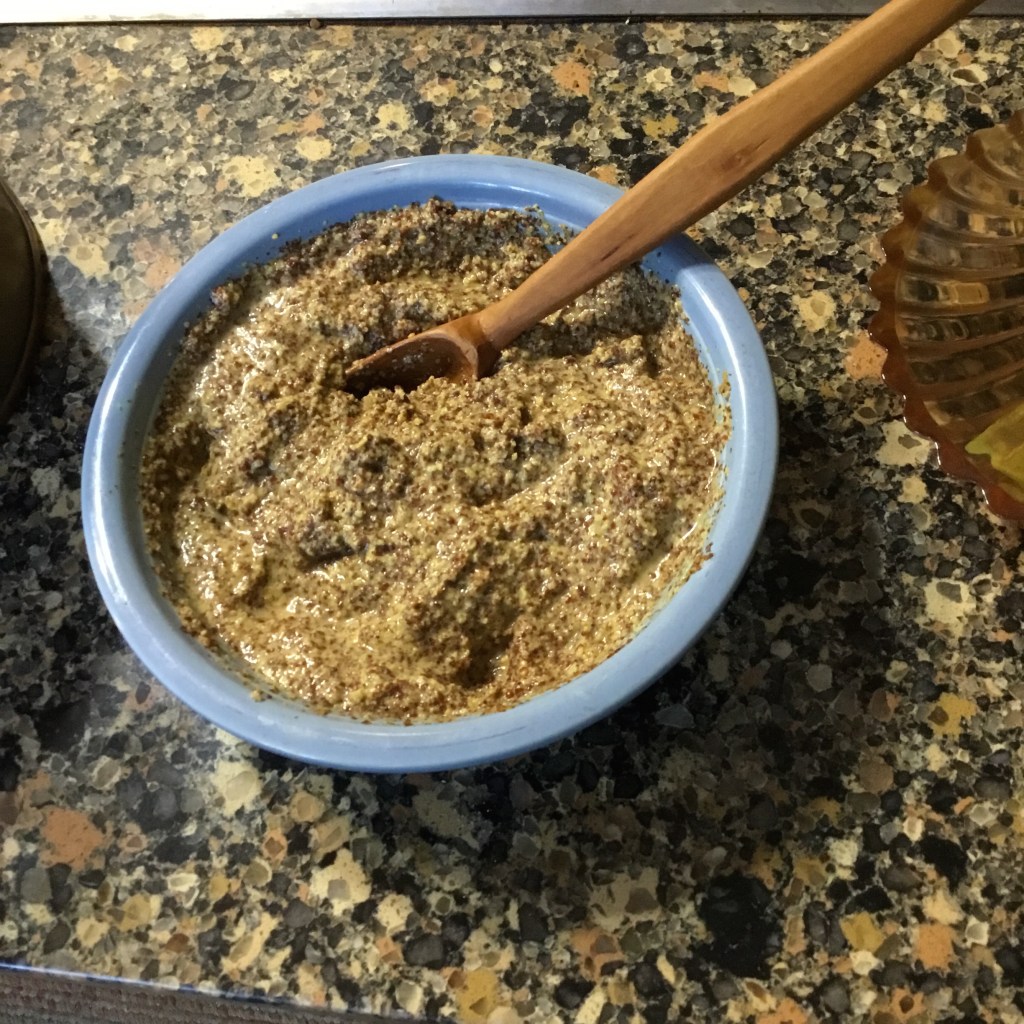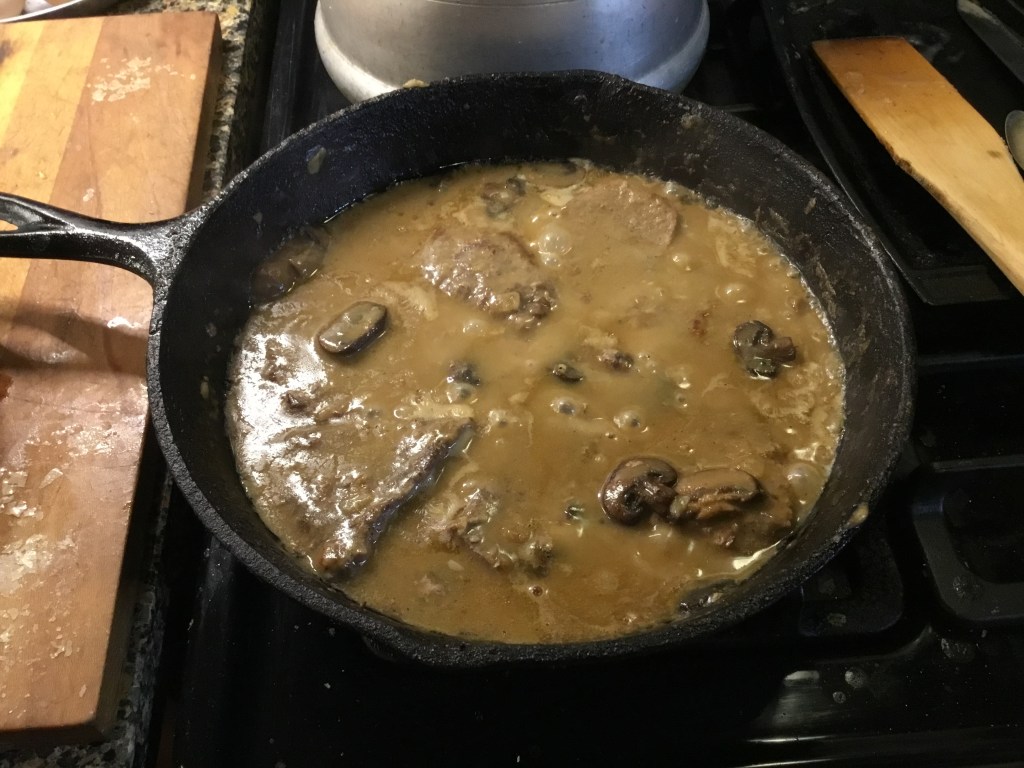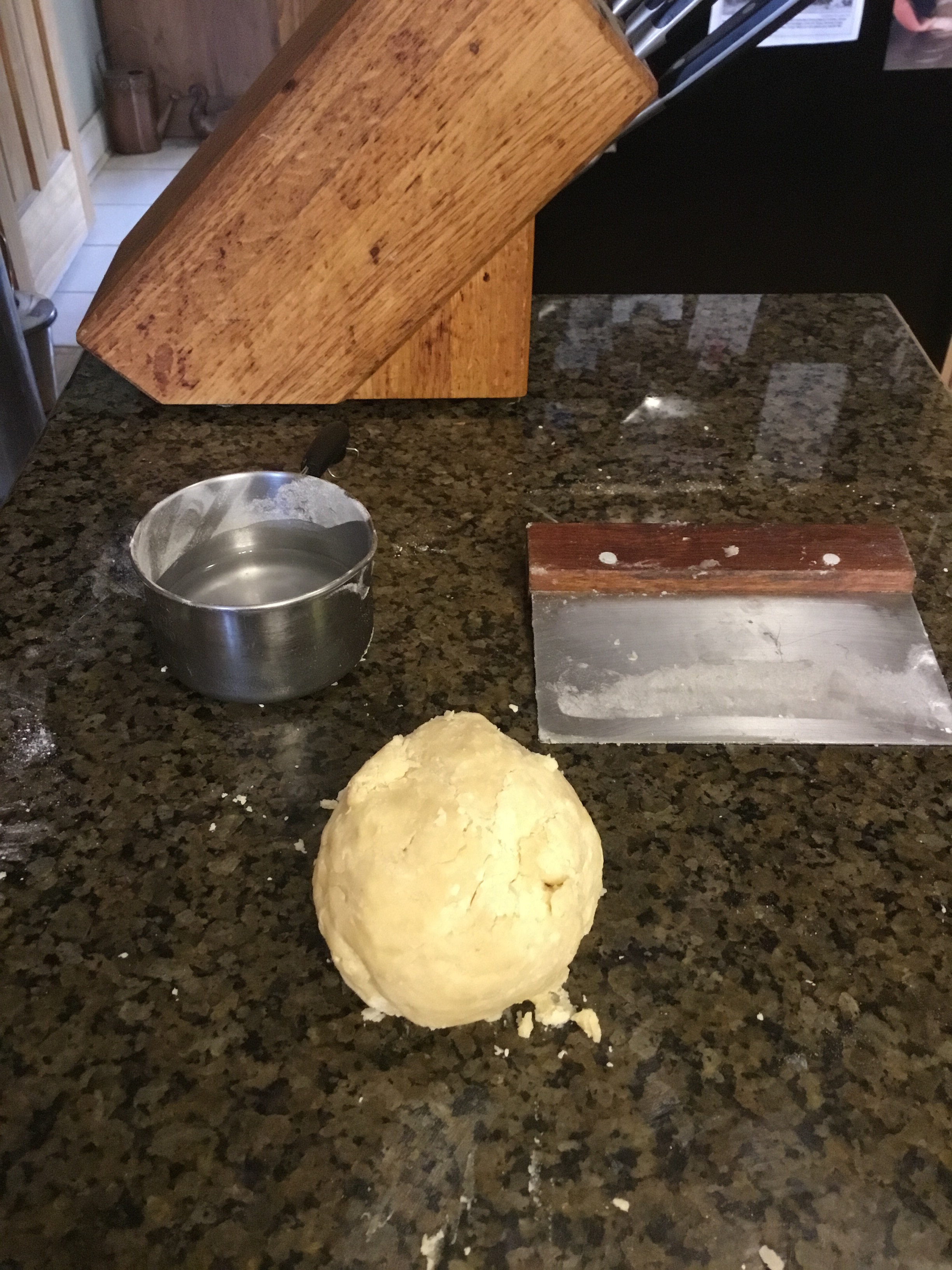
As this plant has at least three common names, I’m going with the most provocative, and yet the most historically accurate one (if you want the whole scoop, read the long discussion from 2008 on Nola.com about the issue). Creole food expert Poppy Tooker of New Orleans believes the original ones from France were actually shallots, but that only the green parts of the plants were used, and that eventually any green onion became known as a “shallot.” Here she is–
I believe in all those original old Creole recipes, people were actually using shallot tops, because they were growing them like that out in their garden, then, later, probably buying them in whole bunches with a little oniony part on the bottom and the green onion part on the top. . .I really believe this is the truth, and why we call them shallots instead of scallions or green onions or spring onions.
Poppy Tooker
Common names of plants are really only as useful as nicknames anyway, so this debate is about as important as what your dog’s name really is–is one of our Aussies named Siegfried, or is it Ziggy? Either way, he’s still a dog.
This plant does have a provenance of sorts, as the person I bought these bulbs from wrote “I obtained a start about 1972 from an elderly Creole gentleman in Golden Meadow Louisiana.” That’s good enough for me.
I think of these scrawny things when I hear multiplier onion.

These are the common yellow multiplier, which come in various varieties. Fortunately, scientists have come to the rescue, and reclassified all onions and shallots as just Allium cepa, with different types. Now to the questions of whether or not Elephant garlic is really garlic: Hint: it isn’t. A scallion? Different species also. For now.















